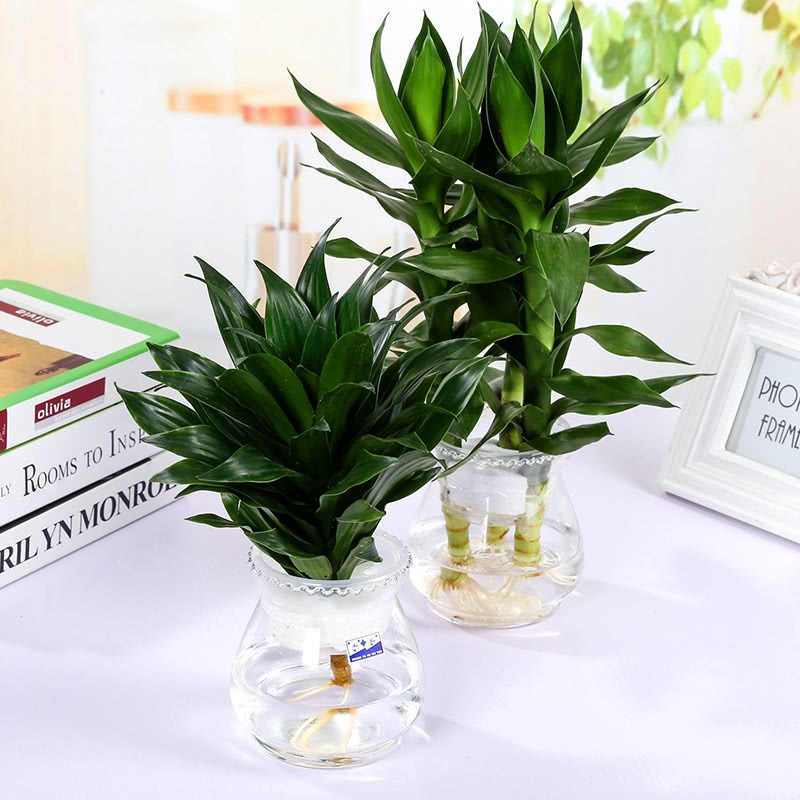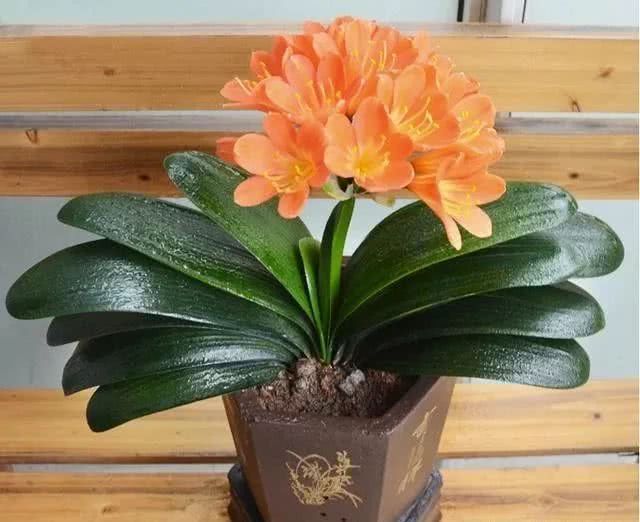Five kinds of potted flowers are recognized as the most difficult to raise. Beginners are careful to raise one pot and the other dead.

Growing flowers is hard work. You may try your best to take care of them, but they will wither and wither in return. The following lobules will introduce five kinds of potted flowers that are recognized to be difficult to raise. We should pay more attention to them in the process of maintenance. They are arrogant and tight. Let's get to know them.
Gardenia
Degree of difficulty: ★
Gardenia, camellias, azaleas, Michelia and other southern flowers will grow slowly and the leaves will change from green to yellow after being maintained in the northern family for a year. After another year, the leaves of some plants turned yellow and white, even brown spots, and finally withered and died.
The reason is that there is no conservation and management according to its ecological habits. Originating from gardenia, camellia, azaleas and Michelia in the south, they like moist air and acidic soil, while in the north, the climate is dry and the soil is more alkaline. If you want to raise these flowers well, First, keep the basin soil acidic all the time; second, change the quality of water, soften the water before watering the flowers, and spray 0.2% ferrous sulfate solution to the leaves every 7 to 10 days. In addition, in the process of maintenance of the four seasons, clear water should be often sprayed to the branches and leaves and the surrounding environment to increase air humidity.
Gentleman orchid
Degree of difficulty: ★
The phenomenon of rotten root death is easy to occur after watering. Cymbidium has more developed fleshy roots, and there is a certain amount of water in the roots, so this kind of flower is more drought-tolerant. Especially from October to November, the thick fleshy roots have ceased to grow or grow very slowly and do not need much water. If it is watered too much at this time, it will cause rotten roots and even cause plant death.
Chrysanthemum
Degree of difficulty: ★★★
Chrysanthemums, which have been raised for many years, do not blossom, there are internal and external causes. Chrysanthemum is a short-day flower that can form buds and blossom under the condition of less than 10 hours of light every day. The terminal bud can only be transformed into flower bud under the condition of short day sunshine, low temperature and 10 ℃ temperature difference between day and night. In addition, if there is too much watering at the seedling stage or too much nitrogen fertilizer and lack of phosphorus and potassium fertilizer, it will cause the stems and leaves to grow too long, and the flower buds will turn into leaf buds; pruning and coring too early will also affect the normal growth of the plant.
Camellia
Degree of difficulty: ★★★★
The suitable growth temperature of camellias is 18-25 degrees, and the temperature of the environment is too high or too low is not conducive to the growth of camellias, especially in winter, the plants are moved to the indoor growth, and the plants are generally moved to the balcony at noon. Summer should also pay attention to sunscreen to prevent the temperature from being too high.
Camellias like to grow in a humid environment, so we should mainly water camellias, but we should pay attention to keeping the soil not too dry or too wet, generally watering more in spring and summer, which is also conducive to the growth of camellias. In winter, we should pay attention to less watering, it is better to water once every two or three days.
It is recommended to turn the pot and change the soil once after potted for one year, so as to provide a better growth environment, and the new pot should be larger than the old one to facilitate the development of the root system. The time to turn the basin should be in spring, April or autumn. In the process, try to remove some of the old roots, replace them with fertile and loose new soil, and combine them with base fertilizer.
Cyclamen
Degree of difficulty: ★★★
Cyclamen should be placed in windows, balconies and other places with sufficient light, and often change the position of flowerpots. Although cyclamen is a shade-tolerant Primulaceae plant, it is easy to make cyclamen leaves yellow because of insufficient light for a long time; when cyclamen enters dormancy in summer, it is necessary to reduce the watering of dormant bulbs, and water enough water should be watered after pots and discs in autumn, and gradually increase fertilizer and water, keep the soil moist, and reduce water in winter. Do not make water on flower buds and tender leaves when watering, so as not to rot and affect flowering. The watering time should be from 10:00 to 12:00, and the water temperature and substrate temperature should be as close as possible.
Cyclamen is also a fertilizer-loving plant, topdressing 2 ‰ potassium dihydrogen phosphate in spring and autumn every year, and avoid applying high nitrogen fertilizer. Fertilizer during the growing period should generally be applied with thin fertilizer, liquid fertilizer must be fully rotten and fermented, and fertilization should be carried out on a sunny day. Stop or apply less from June to August, after late August, the weather is getting cooler and the growth is prosperous. Microbial agent flower general fertilizer can be applied every 7-10 days to promote flowering and flourish in the future. attention should be paid to prevent the fertilizer liquid from flooding the bulb so as not to cause rot.
The above are five kinds of flowers that are recognized to be difficult to raise, and flower friends should take good care of them. If you have any maintenance problems, you can comment and consult below!
- Prev

Rich bamboo raises yellow leaves? Sister Zhang came to advise me to take a pill with strong chlorophyll roots.
What modern people care about is not only the degree of endurance and the appearance characteristics of flower plants, but also the moral of flower plants has been listed as a factor in the selection of flowers. Rich trees, safe trees, rich bamboos and so on are all on the market.
- Next

After Frosts Descent, you should be careful in watering the longevity flowers of Cymbidium, crab claw orchid, or they will all be bare.
Frosts Descent, the last solar term in autumn, which also means that winter is coming, and recently we will obviously feel the cold, so we must add clothes in time, flowers and people are the same, this period is.
Related
- Wuhan Hospital Iron Tree Blooming Result Was Instantly Frightened by the Gardener Master
- Which variety of camellia is the most fragrant and best? Which one do you like best?
- What is the small blue coat, the breeding methods and matters needing attention of the succulent plant
- Dormancy time and maintenance management of succulent plants during dormancy
- Minas succulent how to raise, Minas succulent plant pictures
- What are the varieties of winter succulent plants
- How to raise succulent plants in twelve rolls? let's take a look at some experience of breeding twelve rolls.
- Attention should be paid to water control for succulent plants during dormant period (winter and summer)
- Watering experience of twelve rolls of succulent plants
- Techniques for fertilizing succulent plants. An article will let you know how to fertilize succulent plants.

